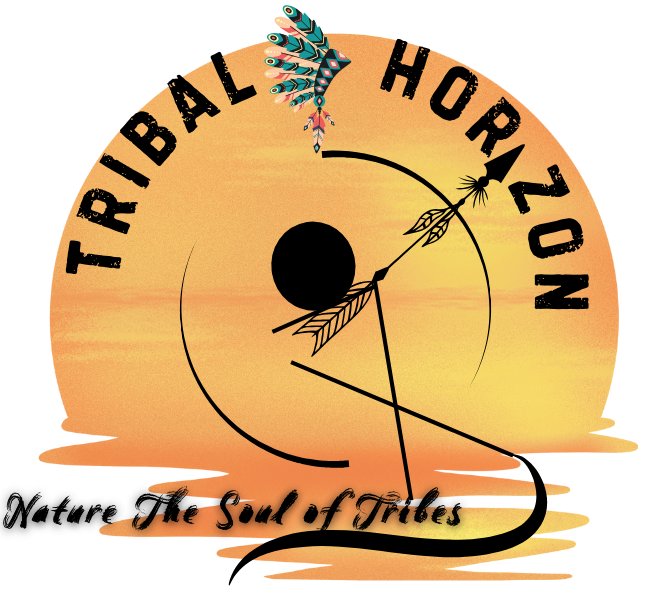The Mahua tree is far more than just a wild plant; it stands as a revered symbol and a sacred gift for tribal communities. From the moment of birth to the end of life, the Mahua tree is intricately woven into their existence, representing the very heart of tribal India.
Its sweet flowers are transformed into delectable food and traditional sacred liquor, while it plays a vital role in healing rituals and vibrant festivals. For countless tribal people, this remarkable tree is a source of sustenance, spirit, and rich cultural heritage. The Mahua tree not only nurtures their lives but also embodies a profound connection to nature that is met with eternal gratitude.
Why the Mahua Tree Beats as the Heart of Tribal Life
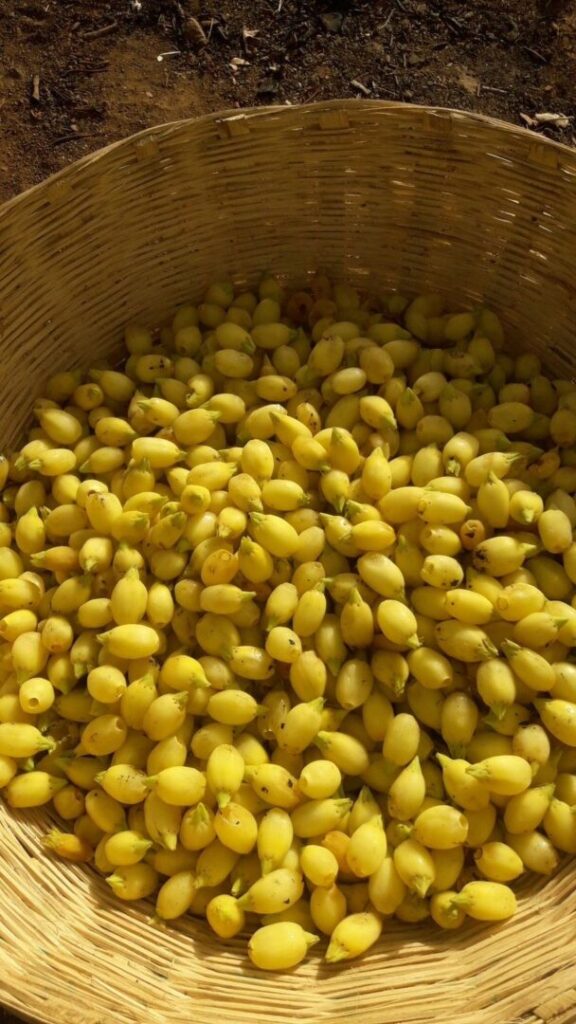
For tribal communities, the mahua tree is more than just a source of food or drink; it embodies the rhythm of their existence. Every part of the tree, from its sweet flowers to its healing bark, holds significant meaning in their daily lives and sacred rituals. Festivals are initiated with mahua, healing prayers incorporate it, and many livelihoods rely on its gifts. For the tribes of India, the mahua tree truly serves as the heart that sustains life. My goal is to provide comprehensive information about this important tree in detail.
Why Tribals Trust Only the Mahua Tree as Their Lifeline
For generations, the Mahua tree has been considered an essential lifeline by tribal communities. During times of food scarcity in the forests, the Mahua provided vital sustenance. Its sweet flowers served as a nutritious food source, its seeds yielded oil for cooking and energy, and its shade offered necessary protection. In periods of famine and conflict, the Mahua tree became their sole means of survival. This profound connection is why tribal communities revere the Mahua tree; it not only nourishes their bodies but also empowers them to persevere, rendering it sacred, eternal, and an integral part of their existence.
Mahua in Tribal Rituals and Sacred Traditions
For the tribal communities, the mahua tree holds a sacred significance in every religious ceremony. Its flowers are offered to the gods, the oil from its seeds is used for lamps that illuminate festivals, and its locally brewed drink is served during weddings and community gatherings. The mahua tree plays a central role in marking life’s milestones, from birth ceremonies to harvest celebrations.
Regardless of the occasion, be it a festival, a birth or death ceremony, or a wedding, it begins with an offering of mahua to the goddess of the earth. The tribals believe that the tree carries divine blessings, transforming ordinary events into sacred moments. This is why no festival or prayer feels complete without the mahua; it is deeply woven into the cultural and spiritual fabric of tribal life.
Seasons of Mahua: When the Forest Turns into a Feast
When the mahua flowers fall, the forest transforms into a vibrant celebration. The mahua fruit drops from the tree between 3 and 4 in the morning, filling the air with a palpable energy. For tribal communities, this season is not just about collecting flowers; it is an opportunity to honor the abundance that nature provides. Families rise at dawn to gather the sweet, golden flowers, filling their baskets with hope and nourishment.
The air carries a unique fragrance, while villages come alive with folk songs, laughter, and shared joy. This brief period of blossoming flowers is a magnificent gift from nature, reminding us that the forest has its own festive rhythm. For the tribes, the mahua season turns existence into celebration, and that inspiring spirit is felt in the villages today.
Seasons, Stories, and Spirits: The Living Legacy of Mahua
The mahua tree is more than just a source of food or shade; it’s like a wise storyteller of the forest. Each season, it has something special to offer: sweet flowers in the spring, nutritious fruits and oil in the summer, cool shade during the heat, and firewood in the winter. For tribal communities, these seasonal gifts aren’t just useful; they’re blessings that help sustain life, a true gift from nature.
Beyond its practical uses, the mahua is woven into the fabric of their culture, appearing in folk songs sung around the evening fire, in stories shared by elders, and in rituals that celebrate both ancestors and the spirits of nature. This tree has seen countless generations come and go, holding their traditions, joys, and struggles. For these communities, the mahua isn’t just a tree; it’s like a family ancestor, a living spirit that protects, feeds, and guides them. It represents resilience, survival, and the deep connection between nature and people.
The mahua tree represents the essence of seasons, stories, and spirits. It offers food in times of hunger, provides healing when illness strikes, and inspires songs for various rituals. For tribal communities, the mahua is more than just a tree; it is a guardian and a vital part of their living heritage.
Healing and Harmony: The Medicinal Wisdom of the Mahua Tree
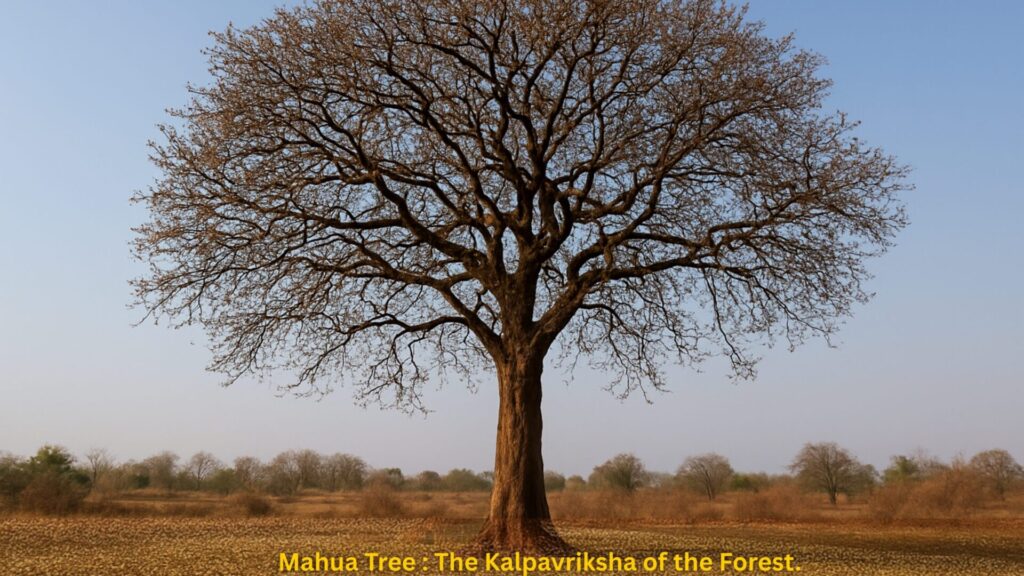
The Mahua tree has been a vital natural healer for tribal communities for countless generations, embodying a meaningful gift from nature. Its sweet flowers serve as both a food source and a means to restore strength during periods of scarcity. The seeds, referred to as Doli in the Bhil dialect, yield a soothing oil recognised for its potential to relieve pain, promote wound healing, and nourish the skin.
Furthermore, the leaves possess medicinal properties and are commonly utilised in poultices for the treatment of fever, swelling, and burns. For these communities, the Mahua tree transcends its status as a mere plant; it represents a living medicine that fosters harmony among the body, mind, and soul, in alignment with the natural world.
Mahua Flowers The Energy Food of the Forest
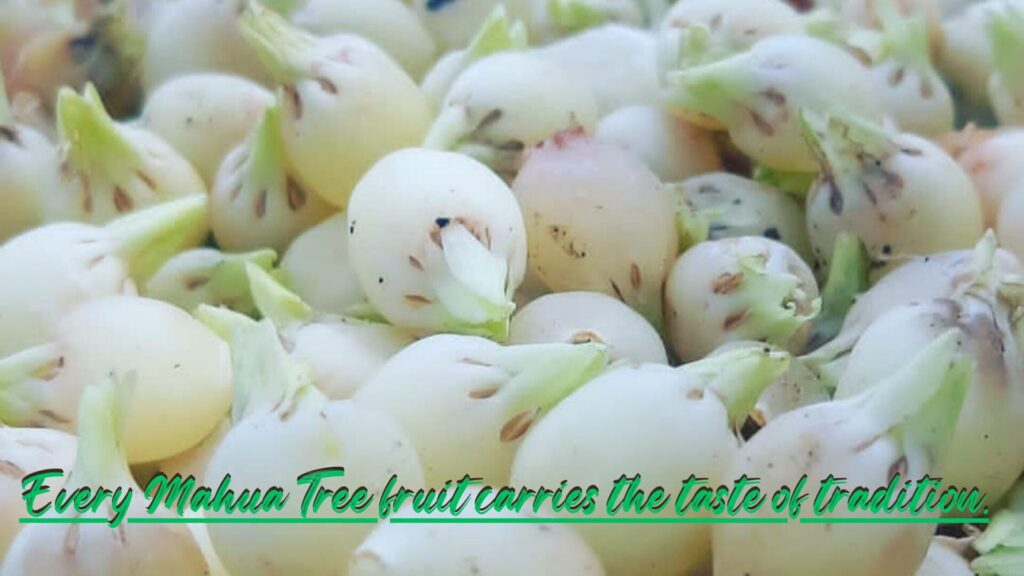
During times of food scarcity, Mahua flowers have served as an essential resource for tribal families. These flowers are not only sweet and nutritious, but they can also be consumed in various forms, raw, dried, or boiled into beverages to replenish energy and enhance stamina. Tribal communities hold a deep belief that Mahua flowers embody the blessings of the forest, contributing to physical vitality while also fostering emotional well-being.
Moreover, these flowers are recognised for their ability to help regulate body temperature. Even in contemporary times, Mahua flowers are valued as a natural source of energy and a symbol of resilience in the face of adversity. They are often kept fresh and incorporated into vegetable dal, forming a nutritious dietary option that supports overall health.
Mahua Oil A Tribal Cure for Pain and Wounds
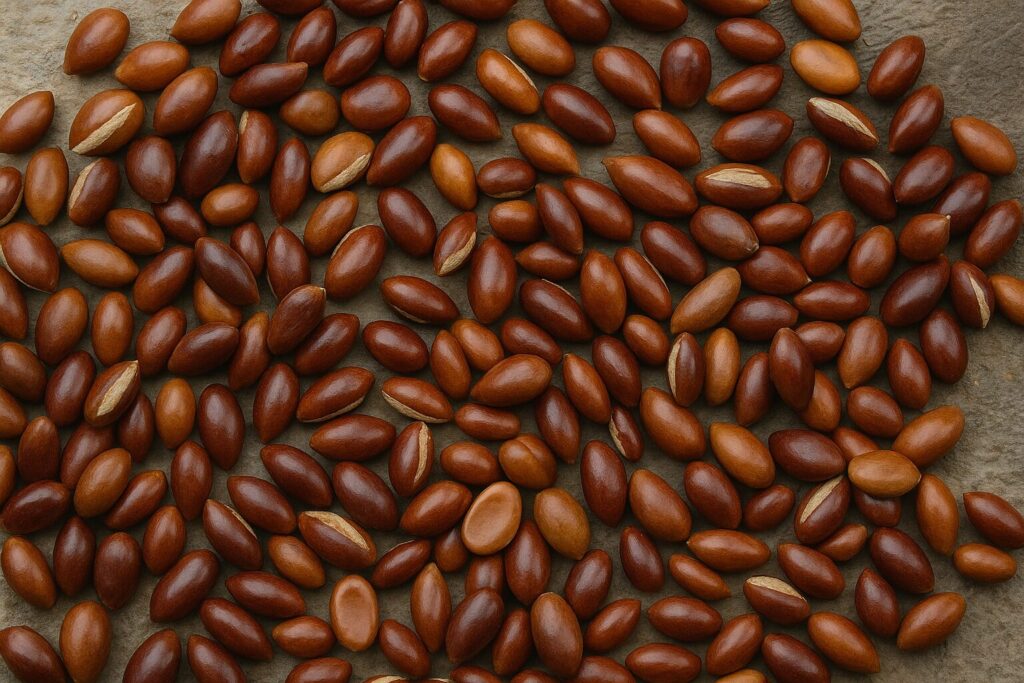
Mahua seeds, designated as Doli in the Bhil dialect, are characterised by a pale yellow colour in their raw state and transform to a dark brown hue upon drying. These seeds are subjected to an extensive drying process to facilitate the extraction of a golden oil that is recognised for its culinary and therapeutic attributes. This oil has been employed for centuries to alleviate joint pain, heal cracked skin, and treat old wounds.
It is applied through massage to provide relief, enhance the healing of injuries, and function as an effective natural moisturiser. For various tribal communities, Mahua oil transcends its medicinal applications; it embodies protection and conveys the ancestral knowledge accumulated over generations. This traditional oil is still in active use today and is meticulously stored and preserved for future applications as necessary.
Mahua Leaves Nature’s Own Herbal Remedy
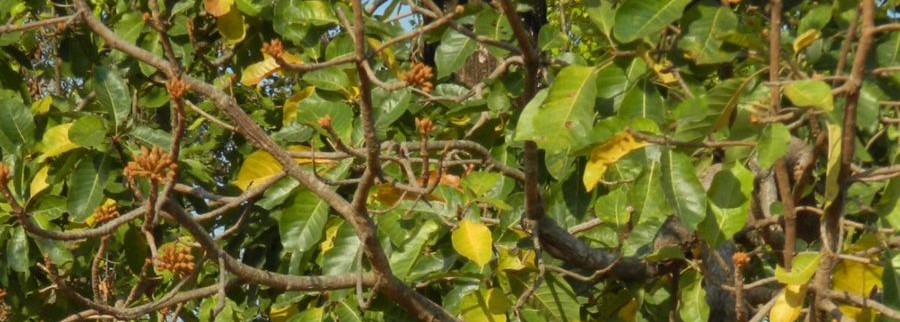
Mahua leaves possess significant medicinal properties that have been utilised by tribal communities for generations. These leaves are predominantly used in the form of a herbal poultice to effectively reduce fever, soothe burns, and mitigate swelling. The powdered leaves can be applied directly to wounds, while the whole leaves serve as a remedy for gastrointestinal issues. For those living in forested areas, mahua leaves function as a natural first aid resource, always accessible and reliable.
The traditional practice of utilising mahua leaves for healing purposes persists today, highlighting the intrinsic relationship between nature and those who reside in proximity to it. In addition to their medicinal applications, mahua leaves can be combined with cucumber to create a nutritious paste mixed with flour, which is then encased, boiled, and consumed. This preparation not only provides essential energy, but is also rich in nutrients.
Ancient Wisdom Meets Modern Herbal Science
Tribal communities have known for centuries that the Mahua tree has special benefits. Now, modern science is starting to confirm this. Researchers found that the flowers, oil, and leaves of the Mahua tree contain antioxidants, anti-inflammatory compounds, and healing properties. Ayurveda also values Mahua as a natural source for balance and vitality. This mix of traditional knowledge and modern science makes Mahua a connection between the wisdom of the past and today’s interest in herbal medicine. The Mahua tree is also considered sacred, and many express gratitude for it.
Mahua Tree: The Holy Symbol and Sacred Power of Its Rak
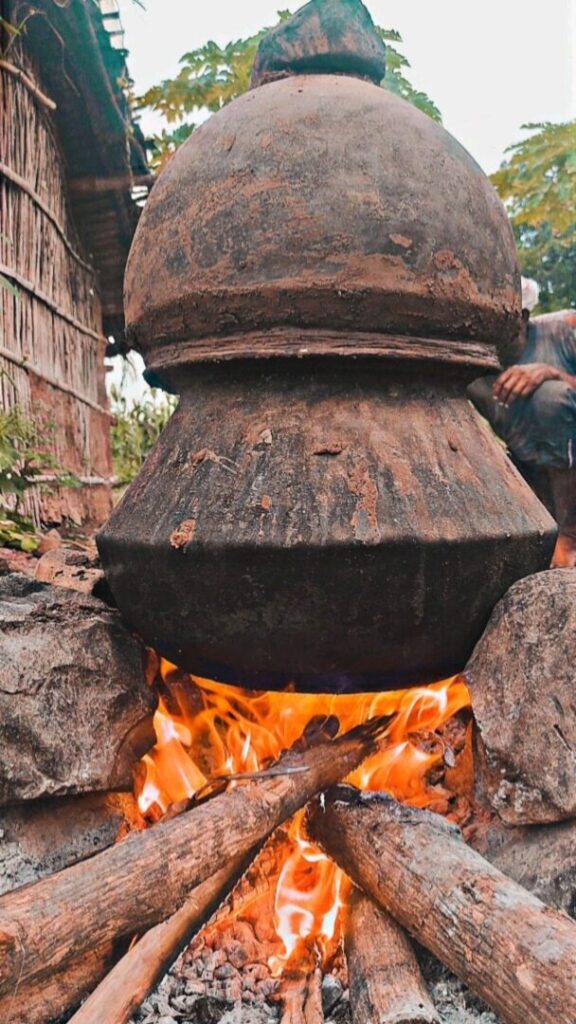
In tribal India, the mahua tree is held in high esteem, recognised not only as a source of nourishment and medicinal properties but also as a sacred entity that embodies divine energy. The ash extracted from the tree, whether in resin or juice form, carries profound spiritual significance and is often regarded as the lifeblood of the tree.
Tribal communities believe that this ash provides protection for their families, enhances fertility, and fosters a strong connection with their ancestors. Moreover, the flowers and bark of the mahua tree offer sustenance, particularly in times of scarcity. Within various rituals, healing practices, and offerings to forest deities, the mahua tree is honoured as a spiritual protector, reinforcing its revered status as a living temple of nature.
Rak of the Mahua Tree in Tribal Rituals and Offerings
The mahua tree holds significant cultural and spiritual value, revered not only for its nourishing flowers and fruits but also for its sacred sap (rasa/resin). Indigenous communities utilise this golden sap in offerings to deities during festivals, prayers for protection, and ceremonies honouring their ancestors. The process involves steaming the fruits or flowers of the mahua tree for a duration of 5 to 7 days, during which water is collected from the steam.
This collected substance is referred to as mahua sap or resin and symbolises life, purity, and continuity. The ash derived from the mahua tree plays a vital role in various spiritual practices, encompassing blessings for newborns and safeguarding agricultural yields. This deep connection with nature is reflected in the meticulous respect afforded to every drop of sap, as well as in the refined rituals that uphold sacred traditions passed down through generations. These practices remain an integral part of the community’s cultural heritage today.
Mahua Tree and Its Sacred Liquor: Business, Health, and Tribal Culture
For tribal communities, the fermented beverage derived from mahua flowers holds significant cultural importance beyond its alcoholic content. It functions as a symbol of their heritage, a source of income, and, in some cases, a health-related precaution. Tribal members harvest mahua flowers to produce this drink for various occasions, including festivals, weddings, and rituals, thereby integrating their traditional practices with essential survival strategies.
While external observers may perceive it simply as an alcoholic drink, within the community, it represents celebration, social cohesion, and a deep respect for nature. The mahua tree is crucial for both the economic sustenance and cultural identity of these communities. This interplay highlights how tribal peoples effectively balance their cultural heritage, health concerns, and the joyful elements associated with this revered beverage.
The Dark Side of Mahua Ras: Tragedies in Tribal Communities
For generations, Mahua juice has been a cherished symbol of celebration, unity, and livelihood for our tribal communities. Yet, beneath the surface of this vibrant tradition lies a heartbreaking truth. Excessive consumption has cast a shadow over our lives, often claiming the futures of our young men. These vibrant souls, once filled with dreams and aspirations, now fall prey to addiction, causing families to fracture and hearts to shatter.
The widespread urge to profit from Mahua juice has led to the dark practice of using harmful chemicals to boost production. The toll this takes is devastating: young lives are lost too soon, leaving women to face the harsh reality of widowhood, struggling to raise children alone in a world that suddenly feels overwhelming. The very essence of our community, the bonds that tie us together, begins to fray.
While we hold the Mahua tree in deep reverence, seeing it as a sacred gift, we cannot ignore the painful stories that echo through our villages. These tales remind us all, both within our communities and beyond, that the beauty of tradition must be paired with awareness and compassion. As we honour our cultural heritage, we must navigate this delicate balance, ensuring that our celebrations don’t come at the cost of our health and well-being.
FAQ
Why is the Mahua Tree considered sacred by tribals?
For tribal communities, the Mahua tree is essential it serves as a source of nourishment, healing, and spiritual guidance, featuring prominently in rituals, festivals, and ancestral prayers.
What is special about Mahua flowers and seeds?
Mahua flowers provide nourishment and energy, the seeds produce oil for cooking and healing. Every part of the tree has a purpose, making it indispensable in tribal daily life.
How is Mahua Ras used in tribal culture?
Mahua rasa (fermented drink) is both a festive delight and a sacred offering. It strengthens community bonds, fuels celebrations, and is an integral part of religious ceremonies, weddings, and harvest festivals. It is also a way to express gratitude in honour of ancestors.
Can Mahua Tree help with health and wellness?
Absolutely! Tribals use Mahua flowers for energy, oil for pain relief and skin care, and leaves for fever and burns. Modern research also confirms its medicinal properties.
Are there risks associated with Mahua Ras?
While Mahua Ras is culturally significant, overconsumption can harm health and social life. Awareness is key to balancing tradition with safety, ensuring the tree continues to nourish both body and soul.
Conclusion: Mahua Tree: The Heartbeat of Tribal Life
The mahua tree is so much more than wood, flowers, or sap; it is the very heartbeat of tribal life. Towering over the land, it has silently witnessed countless generations, bearing witness to their struggles, joys, and profound devotion. Its sweet-smelling flowers once filled hungry bellies, offering sustenance to families, while its nourishing oil brought relief to aching bodies. To the tribes, the mahua is sacred, a bridge connecting them to their ancestors and the spirits that watch over them. Every ritual, festival, and song resonates with the essence of the mahua, weaving together threads of existence and spirituality into the fabric of their lives.
In a world that often feels fast-paced and fleeting, the mahua stands firm in its roots deep in the earth, teaching lessons of resilience, respect, and harmony. For the tribal communities, it is not merely a tree; it embodies their very identity, a beloved companion in life that dances in the wind, reminding them of their enduring love, rich culture, and the sacred bond they share with the land.
Your feedback means a lot to us.
If you have any questions, suggestions, or concerns feel free to leave a comment below.We’re here to listen, grow, and improve together.
Thank you for being a part of this journey.
